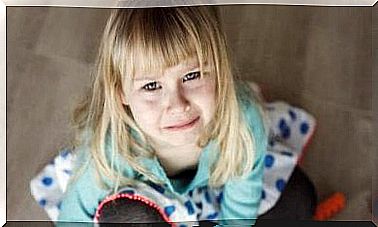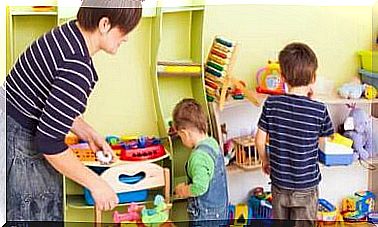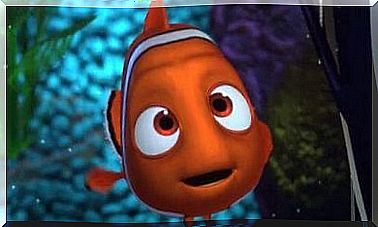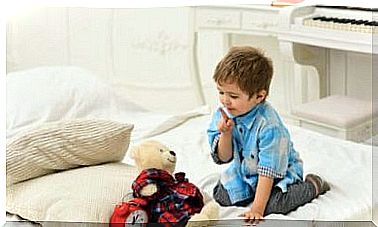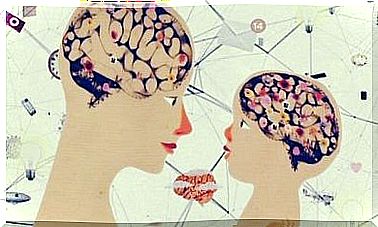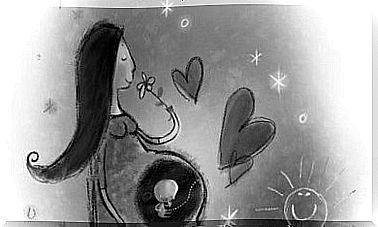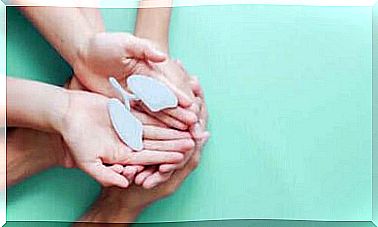Interactions Among Students In School
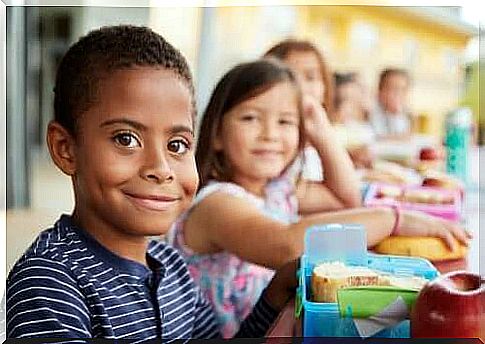
Children spend a large proportion of their time in school. Therefore, it is important that teachers make sure that the interactions that are among the students in the school are healthy and respectful.
It is crucial to establish social relationships with peers in childhood and adolescence when it comes to optimal and balanced development. Therefore, it is extremely important that schools encourage healthy and respectful interactions among students. In doing so, teachers maximize students’ social, cognitive, and linguistic skills.
In other words, educational institutions must create places that enable collaboration and unity among students. When this is the case, the interactions between the students will become an active resource in the learning process. The children will grow up in a diverse climate that promotes the following values:
- Accept
- Respect
- Inclusion
- Equality
Social interactions among children in academic settings
- Individual learning. Goals are individual, which means that the work of others does not affect personal goals. In these cases, each student receives a reward for his or her own achievement. The results obtained by the other classmates have no influence on the results of the individual student.
- Competitive learning. All students strive for the same goals, but a student’s success depends on failure to achieve those goals. In other words, the learning process is exclusive. One student receives the maximum reward, while everyone else in the class gets worse results.
- Collaborative learning. Schools establish collective goals, which all students can achieve. That way, the whole group can benefit from and be rewarded for the results they achieve.
With this in mind, it can be said that the ideal way to encourage good interactions among students is to introduce the collaborative learning structure. At the same time, it means that one should step away from the individual and competing academic structure in traditional academic environments. Therefore, teachers need to organize their classes so that the function of teaching falls on both the teachers and the students.
Creation of heterogeneous groups for interactions among the students
Collaborative interactions among students lead to an improvement in the following aspects:
- Group cohesion
- Harmony – the ability to get along well with each other
- Cooperation
However, for this to take place, the groups that are created for the collaborative work should be as follows:
- Small in size: No more than three to five students per group.
- Heterogeneous: The groups should include students with different skills, motivations, needs, etc.
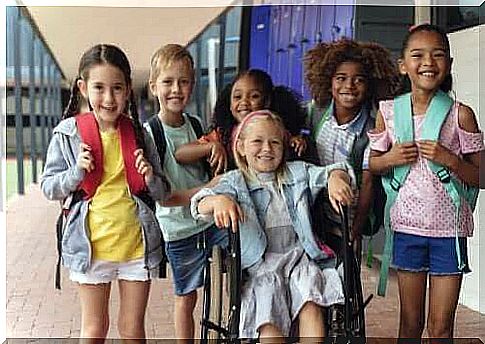
In this regard, it is important to emphasize that it requires a mix of boys and girls in the different groups when putting them together. At the same time, teachers should evaluate the possible similarities and disagreements that exist among classmates.
When teachers take these considerations into account, they can distribute the students into three subgroups:
- Those who have a greater ability to help others.
- Those who need more help to be able to do their school work.
- The rest of the class.
When educators establish groups, they should include at least one student from each of these subgroups in each work team.
For example, let’s say the teacher decided to create a group of four students. Ideally, this group would consist of one student who can help others and one student who needs extra help. The remaining group members would have average academic skills.
That way, classmates will not only gain new academic knowledge and skills, but they will also gain the ability to socialize and interact with all types of people… including those who are different from themselves.

